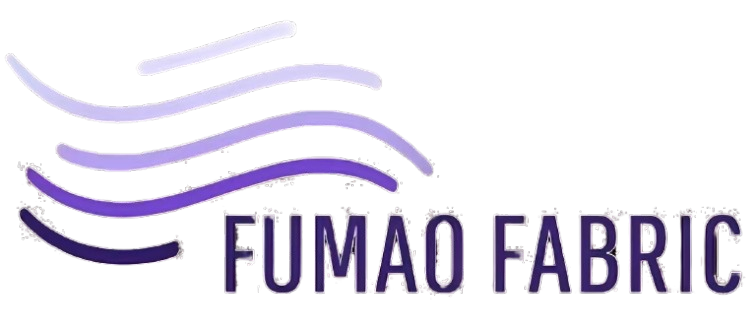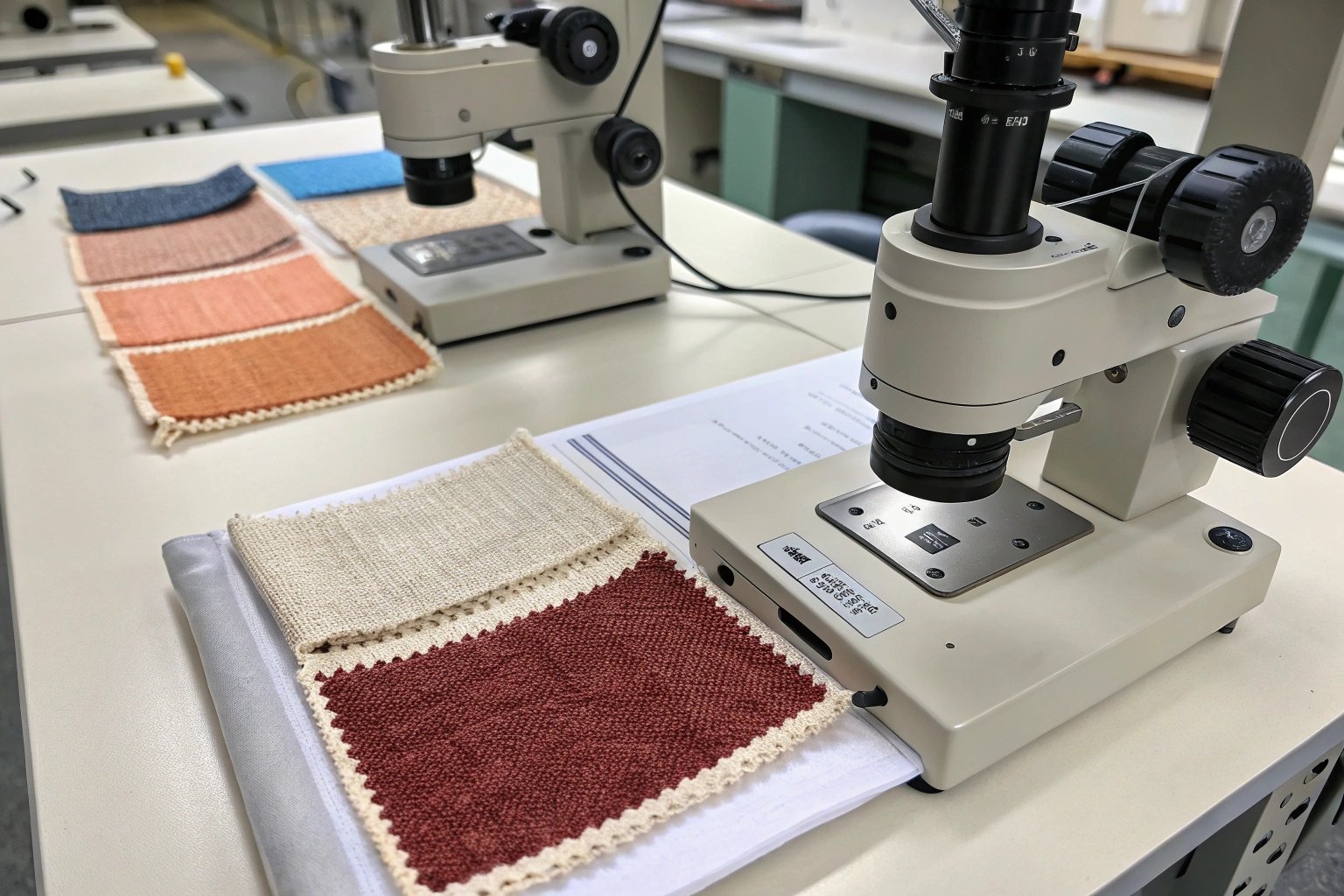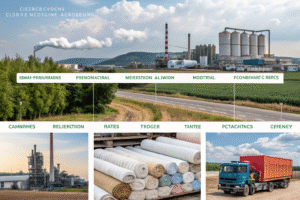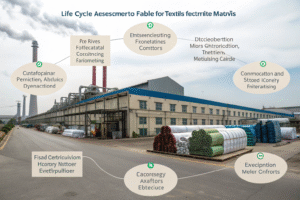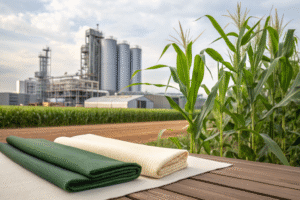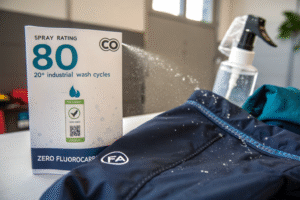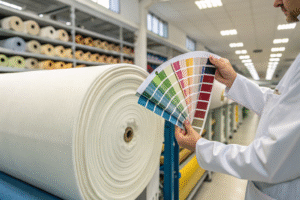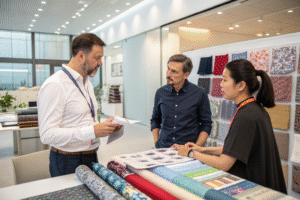Thread count has long been used as a shorthand for fabric quality. Retailers push high numbers—600, 800, even 1000—as the ultimate benchmark of luxury. But for professionals in apparel and textile sourcing, thread count can be one of the most misleading indicators of real quality.
Thread count alone doesn't determine softness, durability, or breathability. Fiber type, weave, finish, and testing standards all play a greater role in performance.
At Fumao Fabric, we regularly educate buyers—especially from North America and Europe—on what really matters. This article debunks the thread count myth and shows what to focus on when selecting premium fabrics.
What Does Thread Count Actually Measure?
Thread count refers to the total number of warp and weft threads per square inch of woven fabric. A fabric with 200 warp and 200 weft yarns per inch has a 400 thread count.
It’s a count of quantity—not necessarily quality—and can be manipulated depending on how the yarn is twisted or plied.
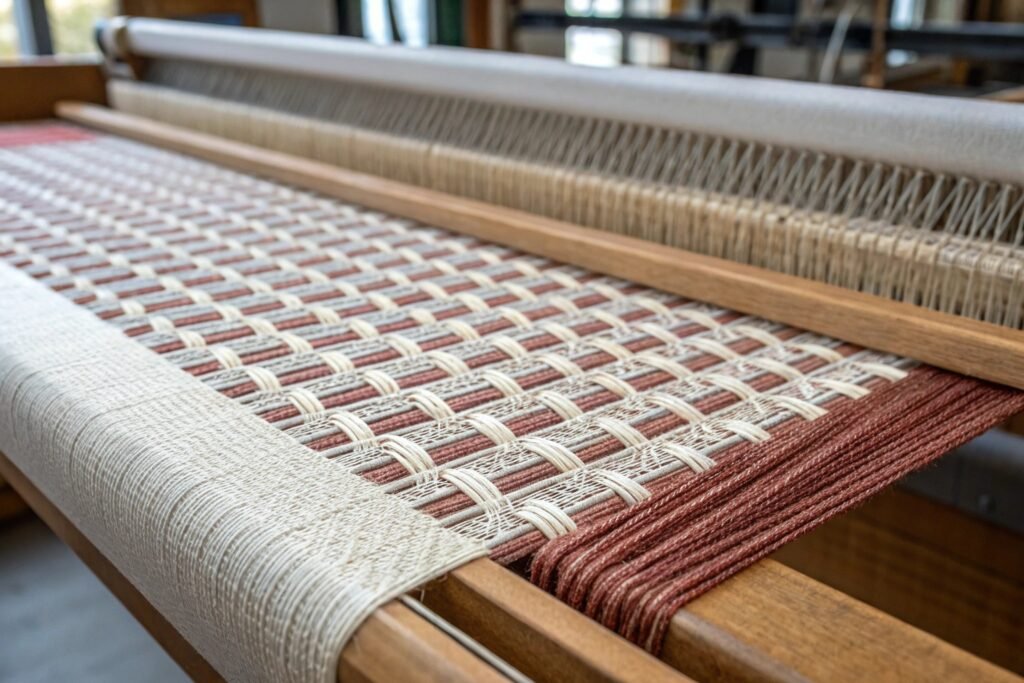
How Can Manufacturers Inflate Thread Count?
By using multi-ply yarns (e.g., 2-ply twisted fibers), they can count each strand instead of each yarn. So a “400 TC” 2-ply fabric could be sold as “800 TC,” even though it's not any denser.
According to Consumer Reports, many sheets advertised over 600 TC use marketing math more than real structural value.
Does Higher Thread Count Always Mean Better Fabric?
Not necessarily. Extremely high thread counts can make fabric less breathable, especially in warm climates. In our testing lab, 300–400 TC combed cotton sateen often outperforms 800 TC multi-ply in comfort and air permeability.
As per Good Housekeeping, top-quality percale or sateen weaves rarely exceed 500 TC for a reason.
What Factors Actually Determine Fabric Quality?
Thread count is just one number. Real quality depends on multiple physical and chemical properties—especially for apparel fabrics or technical textiles.
Fiber type, yarn quality, weave structure, and lab-tested performance are the true benchmarks of long-lasting, high-grade fabric.
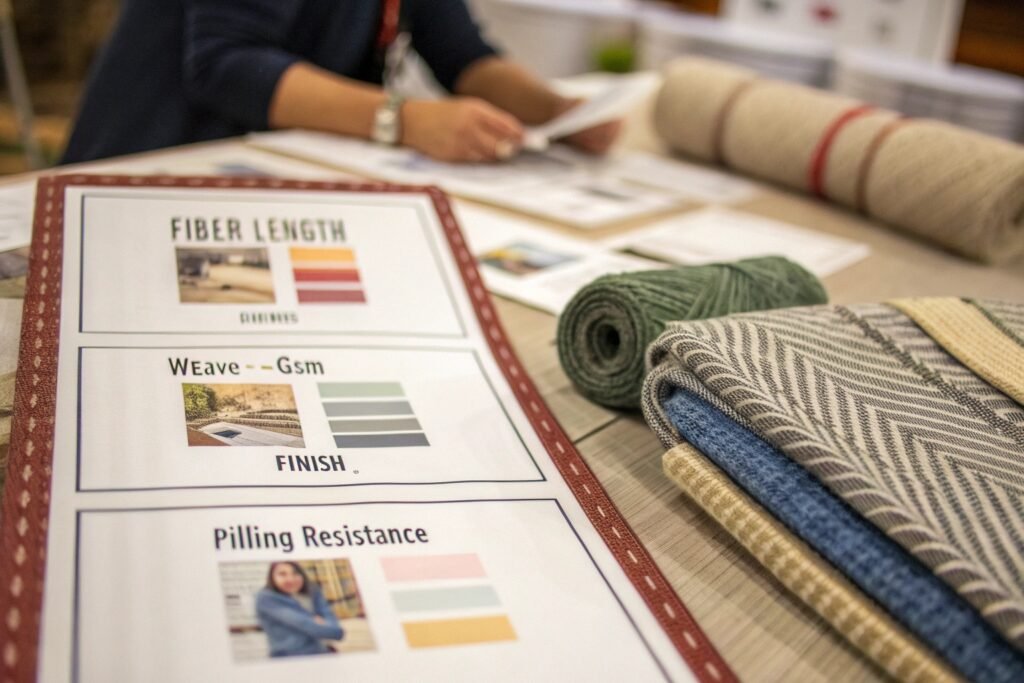
How Important Is Fiber Type and Staple Length?
Long-staple or extra-long staple cotton (like Supima or Egyptian Giza) produces stronger, smoother yarns. Even at 300 TC, ELS cotton will outperform short-staple cotton at 600 TC in softness and durability.
Learn more from Cotton Inc, which explains why longer fibers reduce pilling and increase strength.
What Role Does Weave Structure Play?
- Percale (plain weave): Crisp, matte, cool; best at 180–300 TC
- Sateen (satin weave): Lustrous, softer, warmer; best at 300–500 TC
- Twill or dobby: Strong and textured; used for shirting, workwear
At Fumao, we design over 30,000+ seasonal fabrics with different weaves. Even a 180 TC organic cotton percale can outperform a 600 TC poly-cotton blend in breathability and tactile feel.
How to Spot a Truly High-Quality Fabric?
Instead of relying on thread count alone, look for verifiable technical specs and lab reports. A top-grade fabric will hold up over time, maintain color, and feel good on the skin.
We recommend evaluating fabrics based on test reports, composition transparency, and yarn source, not just marketing numbers.
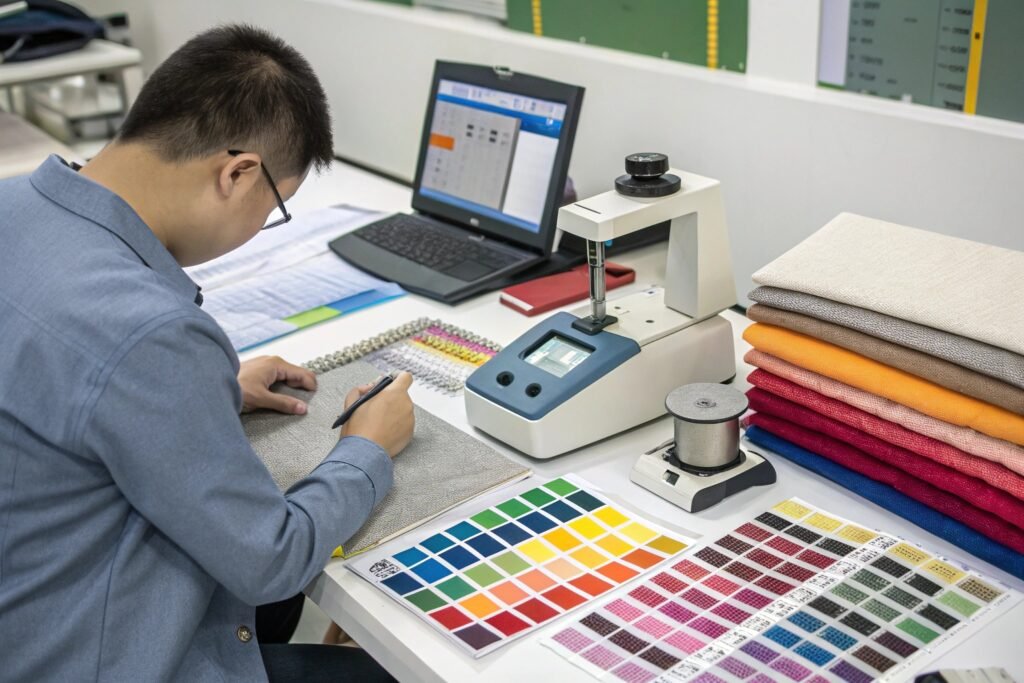
What Certifications and Lab Tests Should You Ask For?
- ISO 12947: Abrasion resistance
- ISO 105: Color fastness to light, wash, perspiration
- OEKO-TEX® Standard 100: Chemical safety
- CNAS or SGS Lab Reports: Yarn and finish consistency
At Fumao, our clients get QR-code access to every test report tied to each batch. See Testex or Intertek for detailed fabric evaluation methods.
Should You Rely on Touch or Spec Sheets?
Both. Hand-feel is critical, but only lab-backed testing confirms performance over time. GSM, shrinkage rate, and pilling grade provide objective insight. Use spectrophotometers or shade boxes for dye-lot consistency when sourcing in bulk.
For sourcing tips, visit Textile Exchange to see what sustainability and quality markers are growing in demand.
Where to Source Reliable Premium Fabrics (Without Overpaying)?
The best fabric isn’t always the one with the highest thread count—it’s the one with balanced performance, tested certification, and supplier transparency.
We suggest sourcing from verified fabric producers who offer lab data, fiber traceability, and finish specs—especially in Keqiao, China’s textile innovation hub.
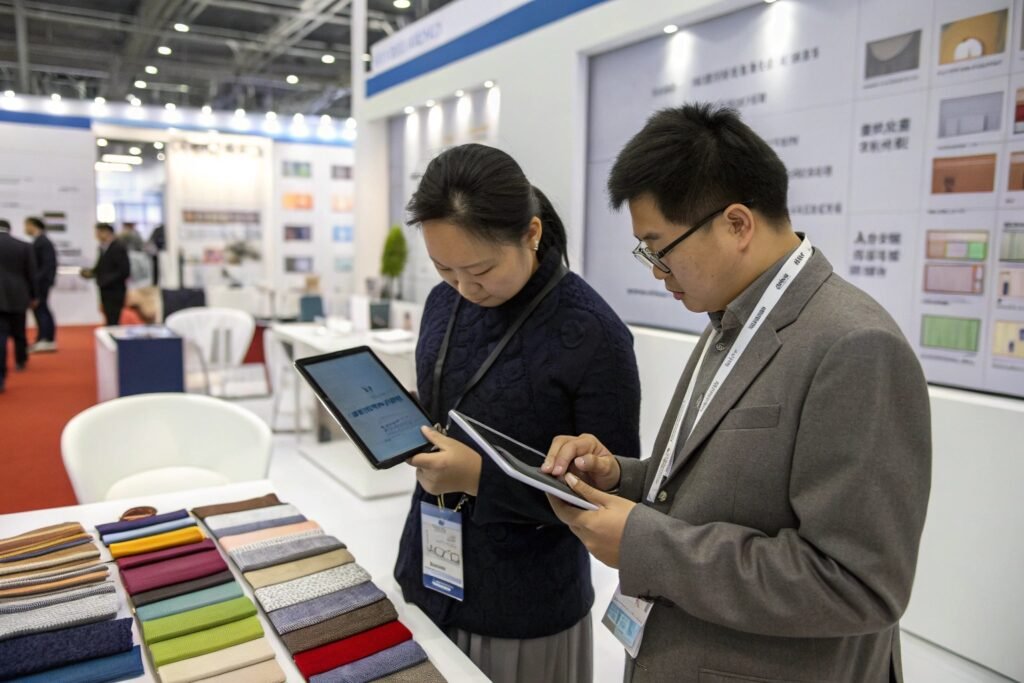
What Types of Premium Fabrics Outperform High TC Blends?
- 300 TC Tencel satin: Ultra-soft and sustainable
- 280 TC organic percale: Crisp, breathable, zero chemicals
- 240 GSM fleece or jersey: Low-pill, ideal for durable fashion
- Silk-modal or ramie blends: Soft with natural shine and longevity
Fumao Fabric supplies many of these via our weaving and dyeing network. For verified global sourcing benchmarks, check Material Exchange.
What Questions Should You Ask Your Supplier?
- Is the fiber combed, carded, or ring-spun?
- Is the thread count single-ply or multi-ply?
- Can you provide CNAS or OEKO-TEX documentation?
- What’s the shrinkage rate and GSM variation?
With these questions and proper data, you’ll avoid the trap of inflated thread counts and secure true quality at fair cost.
Conclusion
Thread count has become more marketing than metric. It tells you something—but not everything. True quality lies in fiber origin, weave strength, yarn twist, and lab-backed consistency. Whether you're sourcing for home textiles, fashion, or technical use, focus on what truly matters. At Fumao Fabric, we guide clients beyond the numbers—into real performance, sustainability, and long-term fabric success.
